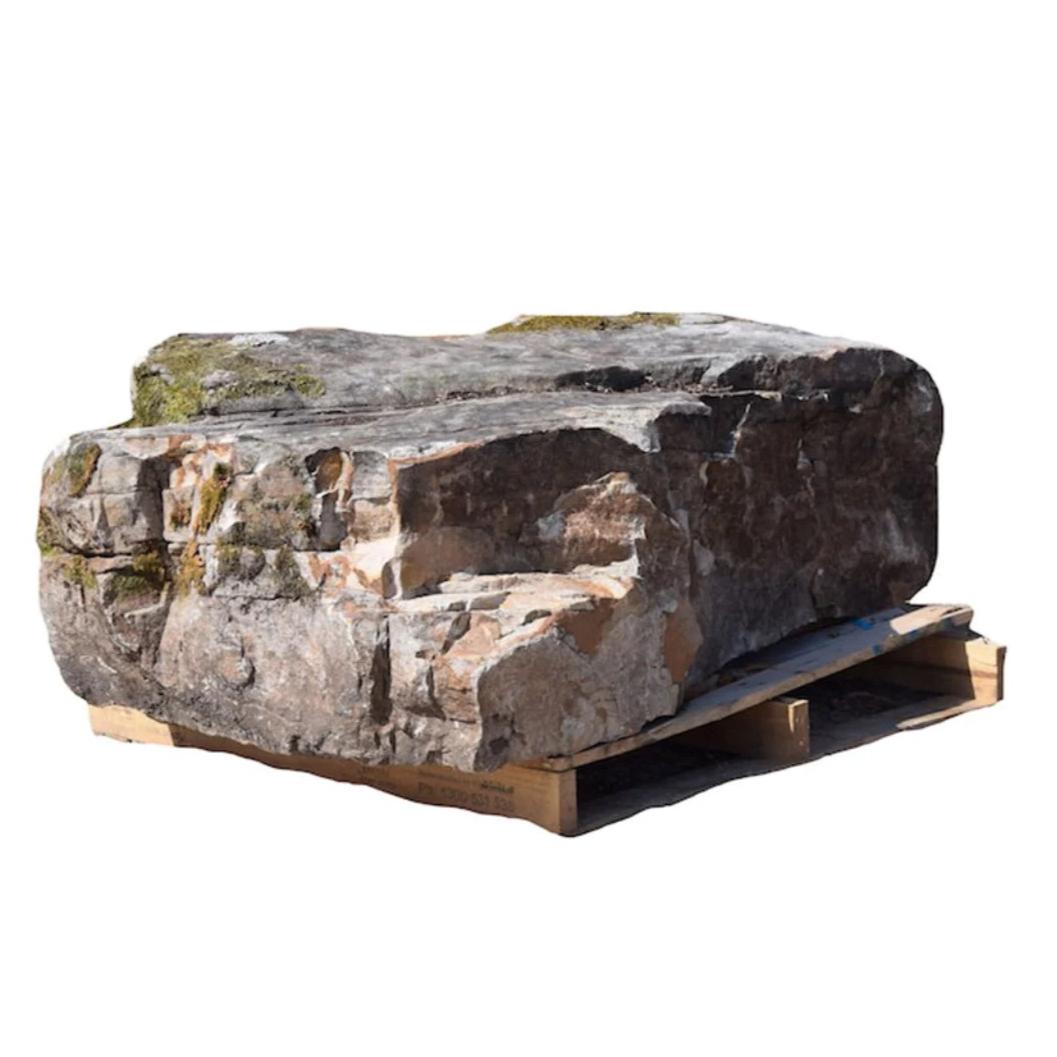How to Create a Pollinator Garden
Did you know that pollinators are vital for 75% of the world's flowering plants? They also bring life and color to a landscape. Invite beautiful pollinators to your garden this spring with these tips:
1. Plant a variety of flowers

Include a range of plants that flower at different times of the year to provide a continuous food source. Plants like Swamp Milkweed are excellent for attracting various pollinators like butterflies, and bloom late spring to summer.
2. Choose native plants

Native plants are often well-suited to local pollinators. For example, the Hollow Stem Joe Pye Weed is a native wildflower that attracts a variety of pollinators.
3. Provide a water source

A shallow water dish or a birdbath can be a welcome resource for thirsty pollinators.
4. Avoid pesticides

Chemicals can harm beneficial insects. If you must use them, choose the least toxic options and apply them at times when pollinators are less active.
5. Plant in clusters

Group three to five of the same type of plants together to make it easier for pollinators to locate them. Review each plant’s full-grown dimensions so your plants aren’t crowded.
Consider clusters of Coneflowers.
6. Leave some wild areas

Undisturbed spots can provide nesting sites for native bees and other wildlife.
7. Mix up your plants

Choose a mixture of plants of different colors. Why? Pollinators have favorite colors too! Butterflies are drawn to red and purple tones. Hummingbirds love red-toned blooms. Bees enjoy blue, yellow, white and purple hues. Plant many colors to attract them all.
Planting various types of plants gives other benefits. For example, large canopy trees offer shelter and herbaceous plants provide their seeds for the birds.
Invite the pollinators
The tips can help turn your garden into a beautiful habitat that offers food, nesting sites, and shelter for pollinators. Shop more pollinator-friendly plants in the Pollinator Collection.













































